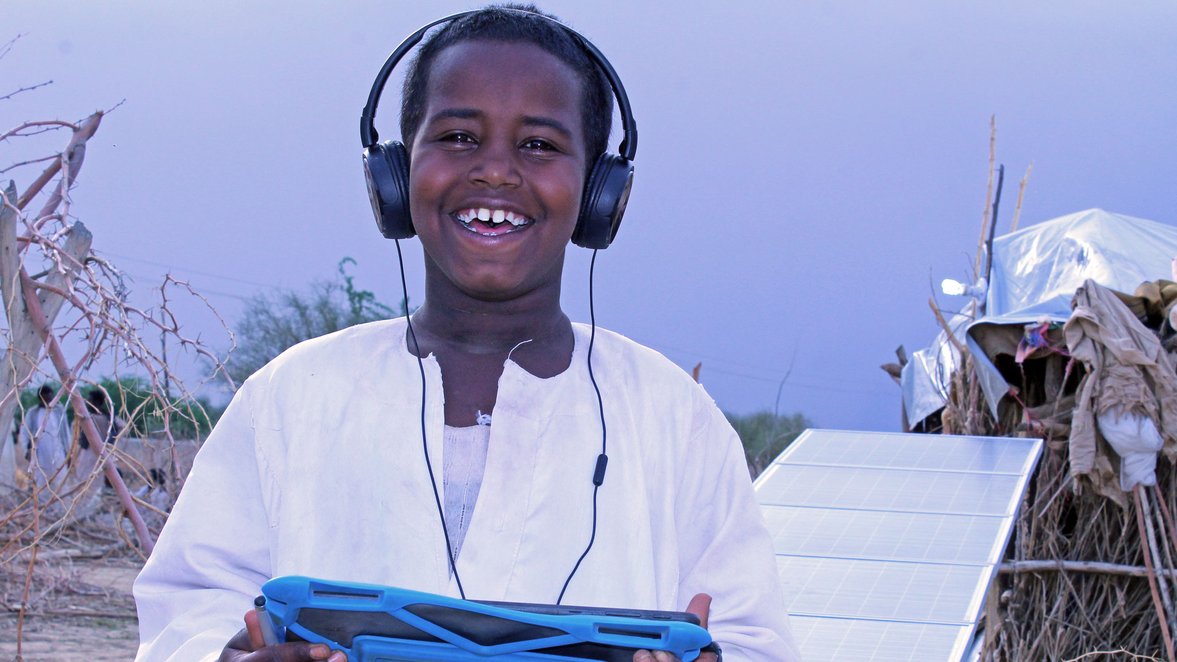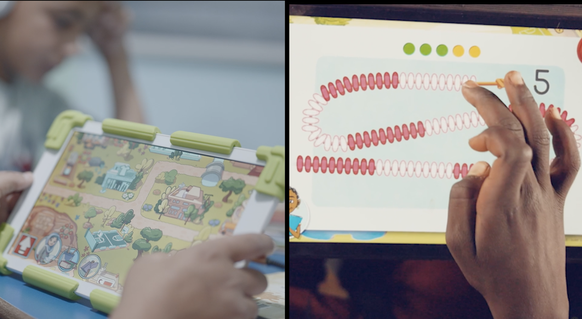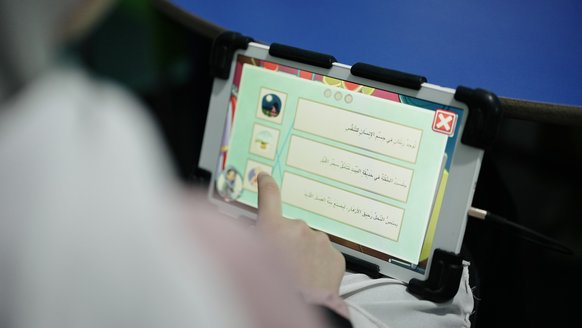Lindsay Brown on Integrating Social-Emotional Learning in EdTech for Emergencies
April 5, 2024

What is the role of NYU Global TIES within the Gobee team?
“Our role initially was to advise on measurement work around the SEL component of Gobee. But once there was a prototype we did more user research in terms of seeing how people were using the tool and how the new prototypes needed to be revised in order to make them more user-friendly and feasible in the context of education in emergencies (EiE) and to make sure we were answering some kind of market need
Another element of our work was to hone in on the question: who is our primary user? What are they going to be doing with the tool and how do we design for those people?”
NYU Global TIES led a piece of research on formative assessment in Jordan, as part of the Gobee Learning Agenda. Can you tell us a bit about this study?
“We wanted to generate research that would be useful to the field in addition to Gobee. At the moment, there is a lot of interest in formative assessment - a process of evaluating students’ knowledge as they learn - as well as a need for it in humanitarian contexts where students are very likely to be at different proficiency levels within one classroom.
We have seen the success of programmes where teachers are supported to target their instruction, and it can make a really big difference in kids’ learning outcomes. But teachers may not have any instructional training and they may not have the tools to assess the differences in kids’ learning levels. So, we took a look at what teachers were doing in formal schools in Jordan and Syrian refugee camps as well as alternative learning centres. What is the status quo? How are teachers applying formative assessment? What is expected of them by supervisors and the Ministry? We interviewed teachers and also trained observers to spend time in the classroom. We also spoke to the respective ministries of education about the policies around formative assessment. All of this will help in the design of any future iterations of the tool. The results of the research will be published later this year.”
What were the main learnings during the Gobee journey in terms of integrating SEL into a digital formative assessment tool?
“To start, we were pretty purposeful about what SEL constructs we wanted to capture through Gobee. We wanted to identify and include skills that we thought could change with teacher intervention. We also wanted the skills we chose to have evidence of a relationship with academic learning. As we were working with primary students, we also had to think through what questions primary students could answer about themselves, without some kind of moderator present.
In the current design, the tool says the questions out loud because we assume younger primary kids wouldn’t necessarily be able to read. They then answer with “this is a little bit like me”, “a lot like me” or “not at all like me” by picking from a selection of smiley faces.There’s a lot of ongoing discussion about whether this is the best way to capture this kind of information. I think the sector has more to learn.
Then there’s of course the teachers, who receive the data from the students and have to figure out what to do with it. It’s really important to engage in a dialogue with teachers to ensure that the information is used in the right way and adds to a more holistic picture of the child. What we want is for teachers to approach kids differently if they know that students have a low self-efficacy in maths, for example. They could start to build small successes for those children to help them feel more confident.”
Why is it important with a tool like Gobee to ensure that teacher professional development is a part of the package?
We knew pretty early on that, if teachers were going to be able to use the tool, there needed to be an accompanying training on formative assessment. We actually have video tutorials within the application on the functionality of the tool itself. But more work needs to be done.
It’s back to that same question: for example, a teacher now knows that a child has a “low growth mindset” but what does the teacher do with this information? We didn’t want to leave teachers to muddle through this on their own.
On another note, we talk about real-time feedback but most digital tools can’t compete with the immediacy of some in-person practices. For example, the teacher asking students questions; to explain their answers or giving them an exit ticket to assess if they’ve understood the objective.
Digital tools like Gobee must always be seen as supplements or complements to in-person learning and assessment practices, rather than replacements.”

